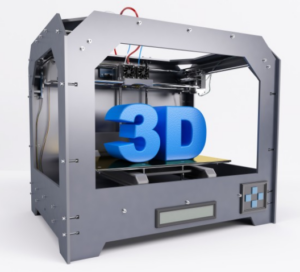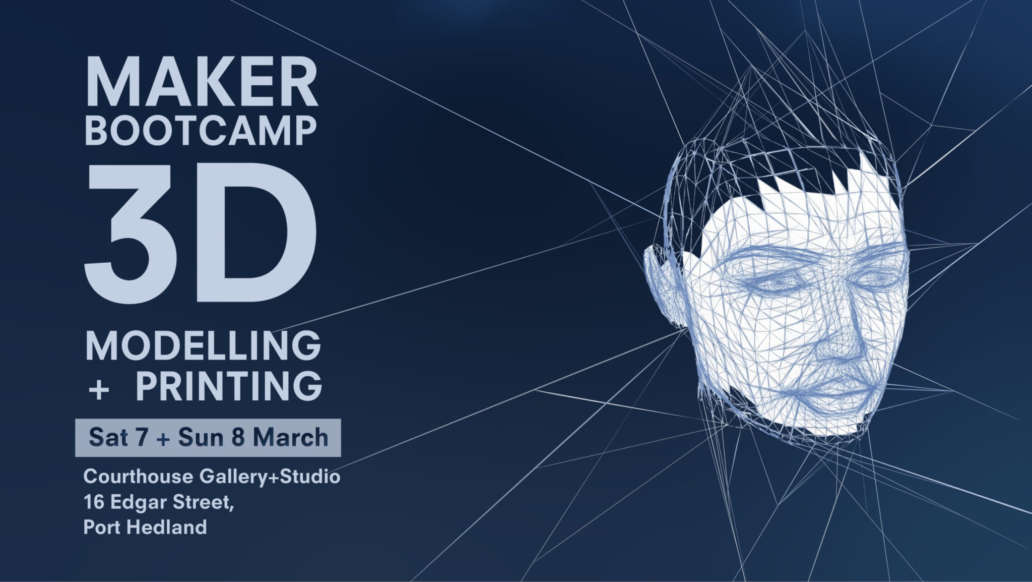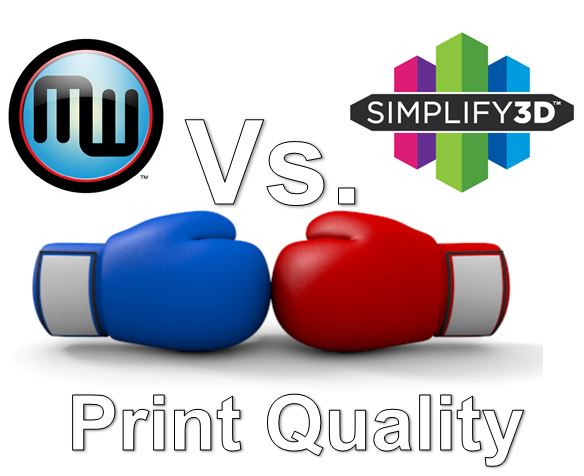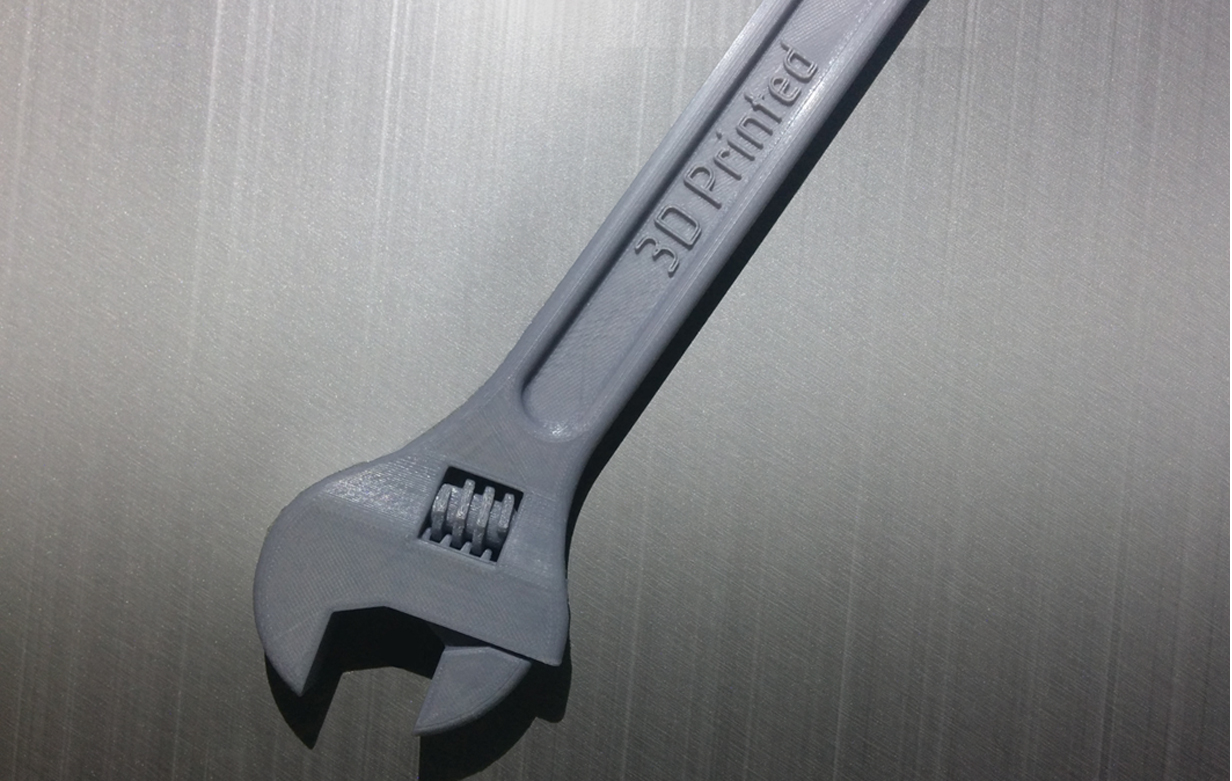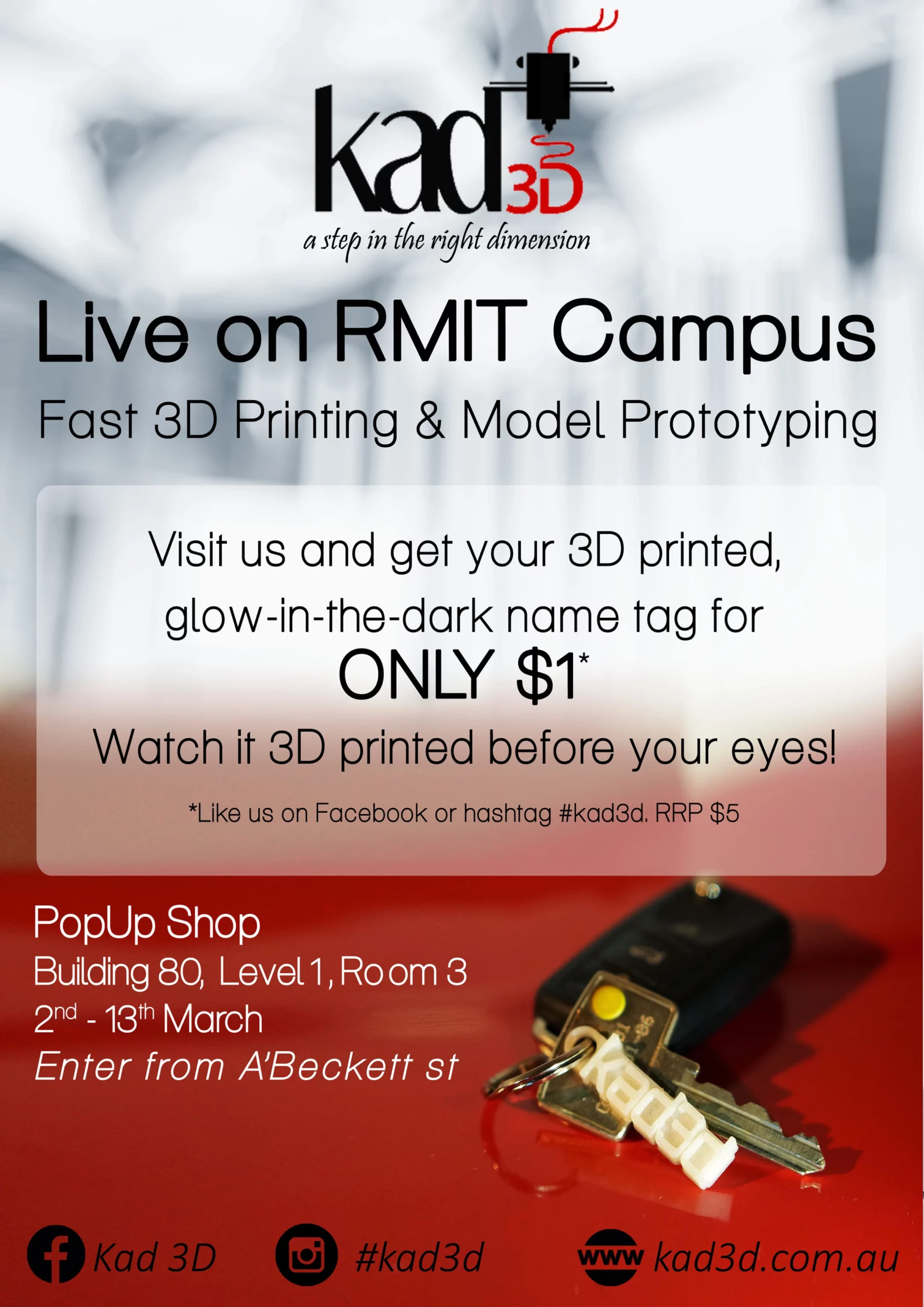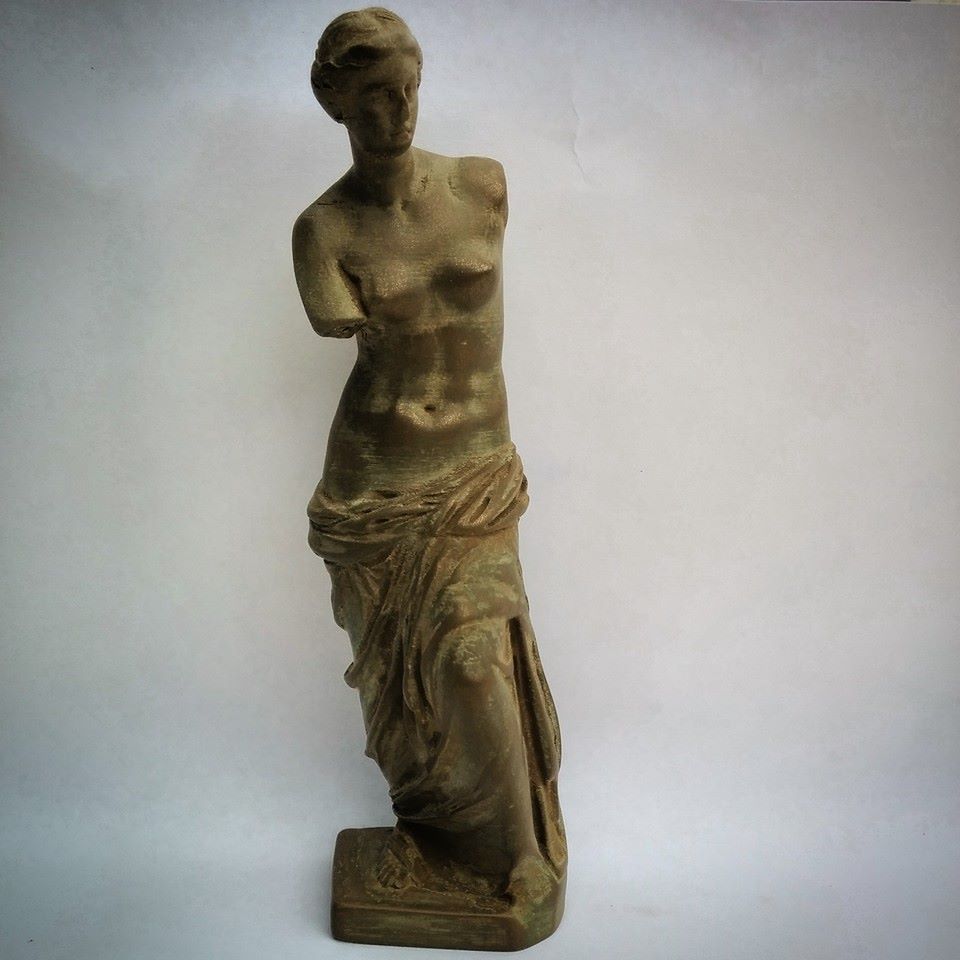PVC (Polyvinyl Chloride)
A popular thermoplastic polymer, PVC, or Polyvinyl Chloride, has become an essential material in the realm of 3D printing. Its versatile nature, durability, and cost-effectiveness make it a preferred choice for many applications.
Brief Introduction and History:
PVC’s history in 3D printing dates back to the 1980s when additive manufacturing was in its infancy. Over the years, advancements in PVC formulation and compatibility with 3D printing technologies have made it a widely used material in the industry.
Material Composition:
Produced by polymerizing the vinyl chloride monomer, PVC is a synthetic plastic polymer. It is produced from a combination of 57% chlorine (from industrial grade salt) and 43% ethylene (derived from crude oil). This results in a polymer that is versatile, durable, and cost-effective.
Uses:
- Prototyping and modeling
- Industrial parts and components
- Architectural models and design
- Medical device components
Best Fit Use:
PVC is best suited for producing prototypes, functional parts, and components due to its strength and durability. It is also commonly used in the creation of architectural models where precision and cost-effectiveness are essential.
Detailed Example of Specific Use 1:
One significant use of PVC in 3D printing is in the production of customized medical devices, such as prosthetics and orthopedic supports. The material’s durability and biocompatibility make it a suitable choice for these applications.
Detailed Example of Specific Use 2:
Another crucial application of PVC in 3D printing is in the manufacturing of complex industrial parts and components, such as gears, casings, and housings. The material’s ability to withstand mechanical stresses and exposure to various elements makes it highly desirable.
Difference Between Basic and Advanced Forms:
The basic form of PVC is commonly used in 3D printing, but advancements in PVC formulations have led to the development of flexible PVC (PVC-F), which offers enhanced flexibility and impact resistance compared to standard PVC. Advanced forms of PVC also include additives to improve heat resistance and flame retardancy.
Benefits:
- Durable and impact-resistant
- Cost-effective
- Biocompatible for medical applications
- Excellent dimensional stability
Drawbacks:
- Not suitable for high-temperature applications
- May release toxic fumes if overheated
- Less flexible compared to some other materials
Overall Rating for Daily Use:
5/5 – PVC is highly suitable for both hobbyist and professional 3D printing use. It offers a perfect balance of strength, versatility, and cost-effectiveness for daily applications.
Future Developments:
Ongoing research is focused on further enhancing the flexibility and impact resistance of PVC while maintaining its cost-effectiveness. There are also efforts to develop PVC variants with improved heat resistance for broader application in the industrial and automotive sectors.
